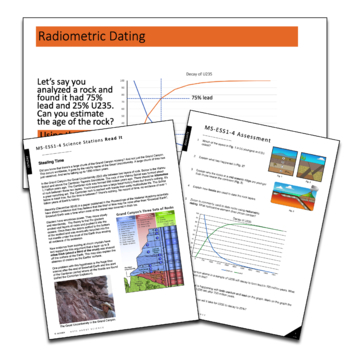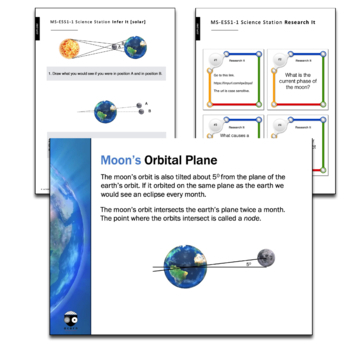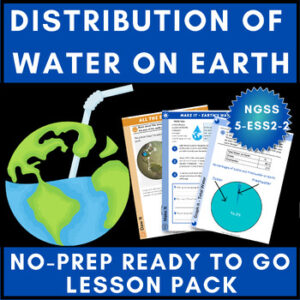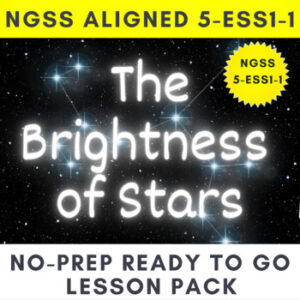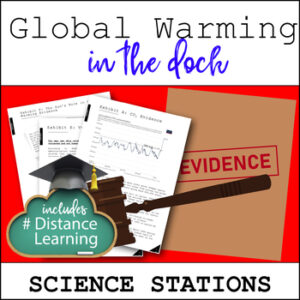Description
Specially designed to align with the NGSS standards this complete “Earth’s Place in the Universe” bundle is all you need. It is packed with visually engaging slides, activities and labs. A comprehensive resource packet designed using the 5E model, this complete bundle covers all the standards in the NGSS unit Earth’s Place in the Universe.
“This resource is FANTASTIC! I absolutely love it and will be purchasing more from this teacher!!” Teresa C.
“This Earth’s Place in the Universe bundle is a teacher’s lifesaver! The alignment with NGSS standards is impeccable, making it easy to ensure I’m covering everything needed. The visually engaging slides, activities, and labs have completely transformed my science class. My students are captivated by the content!” Whaly Good Teacher.
Students love these engaging activities. Easy to follow and fun to use and teach with.
A google classroom distance learning version is also included for each resource so you’re all set whether you have face to face classes or have to teach remotely. You can relax and teach knowing that you’ve got this covered.
MS-ESS1-1 Earth Sun Moon System
- Moon Phases
- Earth’s tilt and seasons
- Solar Eclipses
- Lunar Eclipses
MS-ESS1-2 Gravity, Solar System, Galaxies
- The Solar System
- Gravity
- The Milky Way and other galaxies
- Gravity depends on mass and distance
- Formation of the Solar System
- Black Holes
MS-ESS1-3 Scale and Properties of the Solar System
“students will analyze and interpret data to determine scale properties of objects in the solar system”.
- Calculate It – The students are given data on the planets and must calculate this in order to compare it to Earth.
- Graph It – the students are given data on the planets which they then graph.
- Read It – the students read about the famous Rosetta mission to land on a comet and answer questions on the text in the record sheet.
- Infer It – students are shown a sheet showing pictures of the planets. The questions on the sheet will ask them to make inferences from these pictures/descriptions.
- Identify It – This station has two pages, one describing various solar system objects and the second page showing images of solar system objects. Students must identify the objects from the description and from the images.
- Write It – Students read and summarize the advances in solar system science made possible by improved engineering and advances in science.
MS-ESS1-4 Earth’s History and the Geologic Timescale
- Stratigraphy
- Law of Superposition
- Law of Original Horizontality
- Relative and Absolute Dating
- The Fossil Record
- Radiometric Dating
NGSS and Next Generation Science Standards are a registered trademark of Achieve. Neither Achieve nor the lead states and partners that developed the Next Generation Science Standards was involved in the production of, and does not endorse, this product.


